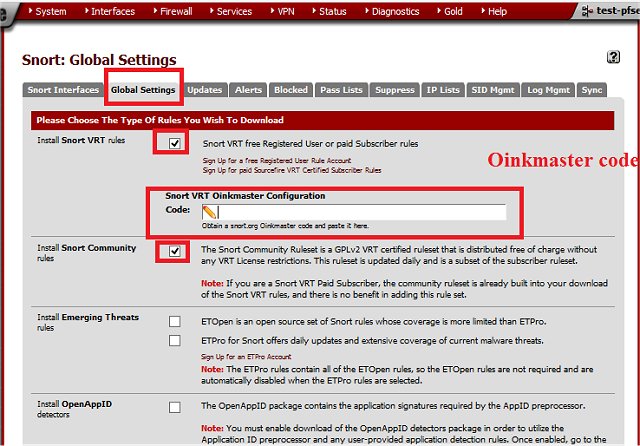Snort 3.9.2.0 / 2.9.20 has been released, enhancing its status as an Open Source network intrusion detection and prevention system (IDS/IPS). Snort is designed for real-time traffic analysis and packet logging on IP networks, making it accessible to both casual users and IT professionals, contrary to the belief that network security is only for large corporations.
While Snort shares some features with traditional firewalls, it serves a different role in network security. Firewalls primarily control and filter traffic based on established rules, acting as a barrier between a network and potential threats. In contrast, Snort analyzes network traffic to identify threats such as malware or suspicious behavior, offering detailed logs for further analysis. When configured as an IPS, it can take action on detected threats, but its core strength lies in its detection capabilities.
Snort is built on a robust rule-based system that is continually updated by its community and Cisco, allowing it to adapt to evolving threats effectively. It is also scalable, making it suitable for both small networks and larger, growing infrastructures.
Getting started with Snort may seem daunting, as it operates primarily through a command-line interface. For those familiar with Linux or DOS, navigating the installation and configuration process is more straightforward. Users are encouraged to familiarize themselves with the documentation and basic commands to understand its functionality. Snort's real power comes from its customizable rules, which can be enhanced by community-developed rules or tailored for specific network needs.
Snort offers various operating modes, including Sniffer Mode for real-time traffic display, Packet Logger Mode for data recording, and Network Intrusion Detection Mode for comprehensive threat detection and response.
In summary, Snort is a powerful, open-source tool that offers enterprise-level protection without financial investment. While it does present a learning curve, resources like community tutorials and video guides can ease the process for beginners. Users should start with the Sniffer Mode to gain familiarity and are reminded to back up configuration files before significant changes. For smooth operation, installing WinPCAP and updating the Microsoft Visual C++ Redistributable is recommended.
In conclusion, Snort is an essential tool for anyone looking to enhance their network security, regardless of their technical background. Its open-source nature, combined with an active community, ensures that users can continuously improve their understanding and implementation of this critical security software. As cyber threats evolve, utilizing Snort as part of a layered security strategy can provide an extra level of protection for personal and organizational networks alike
While Snort shares some features with traditional firewalls, it serves a different role in network security. Firewalls primarily control and filter traffic based on established rules, acting as a barrier between a network and potential threats. In contrast, Snort analyzes network traffic to identify threats such as malware or suspicious behavior, offering detailed logs for further analysis. When configured as an IPS, it can take action on detected threats, but its core strength lies in its detection capabilities.
Snort is built on a robust rule-based system that is continually updated by its community and Cisco, allowing it to adapt to evolving threats effectively. It is also scalable, making it suitable for both small networks and larger, growing infrastructures.
Getting started with Snort may seem daunting, as it operates primarily through a command-line interface. For those familiar with Linux or DOS, navigating the installation and configuration process is more straightforward. Users are encouraged to familiarize themselves with the documentation and basic commands to understand its functionality. Snort's real power comes from its customizable rules, which can be enhanced by community-developed rules or tailored for specific network needs.
Snort offers various operating modes, including Sniffer Mode for real-time traffic display, Packet Logger Mode for data recording, and Network Intrusion Detection Mode for comprehensive threat detection and response.
In summary, Snort is a powerful, open-source tool that offers enterprise-level protection without financial investment. While it does present a learning curve, resources like community tutorials and video guides can ease the process for beginners. Users should start with the Sniffer Mode to gain familiarity and are reminded to back up configuration files before significant changes. For smooth operation, installing WinPCAP and updating the Microsoft Visual C++ Redistributable is recommended.
In conclusion, Snort is an essential tool for anyone looking to enhance their network security, regardless of their technical background. Its open-source nature, combined with an active community, ensures that users can continuously improve their understanding and implementation of this critical security software. As cyber threats evolve, utilizing Snort as part of a layered security strategy can provide an extra level of protection for personal and organizational networks alike
Snort 3.9.2.0 / 2.9.20 released
Snort is an Open Source network intrusion prevention system capable of performing real-time traffic analysis and packet logging on IP networks.


